It looks like you're using an Ad Blocker.
Please white-list or disable AboveTopSecret.com in your ad-blocking tool.
Thank you.
Some features of ATS will be disabled while you continue to use an ad-blocker.
share:
This anomaly that stands out from the perfectly squared heights of Hellas Basin could be one of the most important Martian anomalies that I have
discovered till now. This obelisk, about ten feet high and inside a circular enclosure, cast its own shadow and adding strangeness above strangeness
... There are two important questions that Planetary Geologists must explain: HOW has formed this geological anomaly or (worse) WHO
built it?

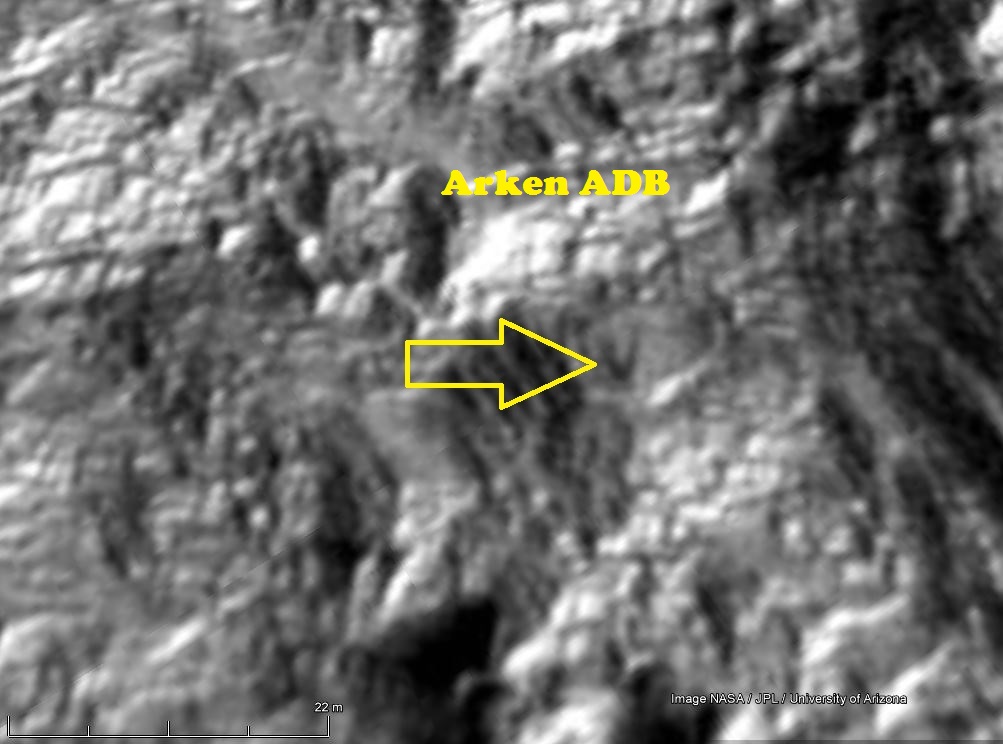
Compare with Caral in Peru...
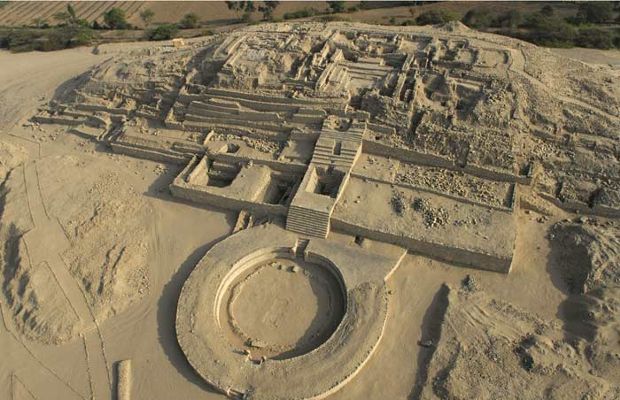
This particular area of the Hellas Basin holds many anomalies with its incredible topography that appear absolutely NOT NATURAL.
Many of us know the geological wonders of the Giants Causeway here on Earth, of few dozens of meters in diameter, like this
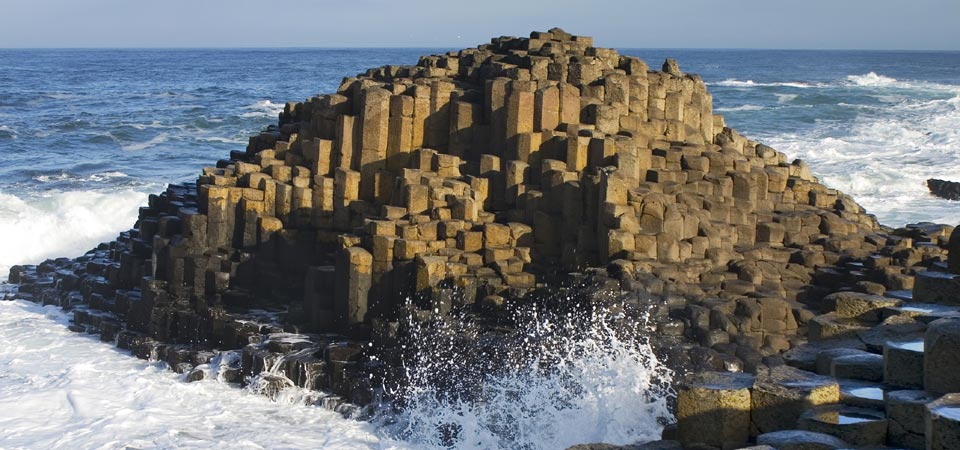
but these basalt formations are extremely insignificant compared to those found Hellas Basin.
The "little portion" of the whole, imaged from the Mars Reconnaissance Orbiter covers an area of 15 kilometers for 5 kilometers, with the sane incredible pattern.
Here a "little strip" of more than 1500 meters wide in length...
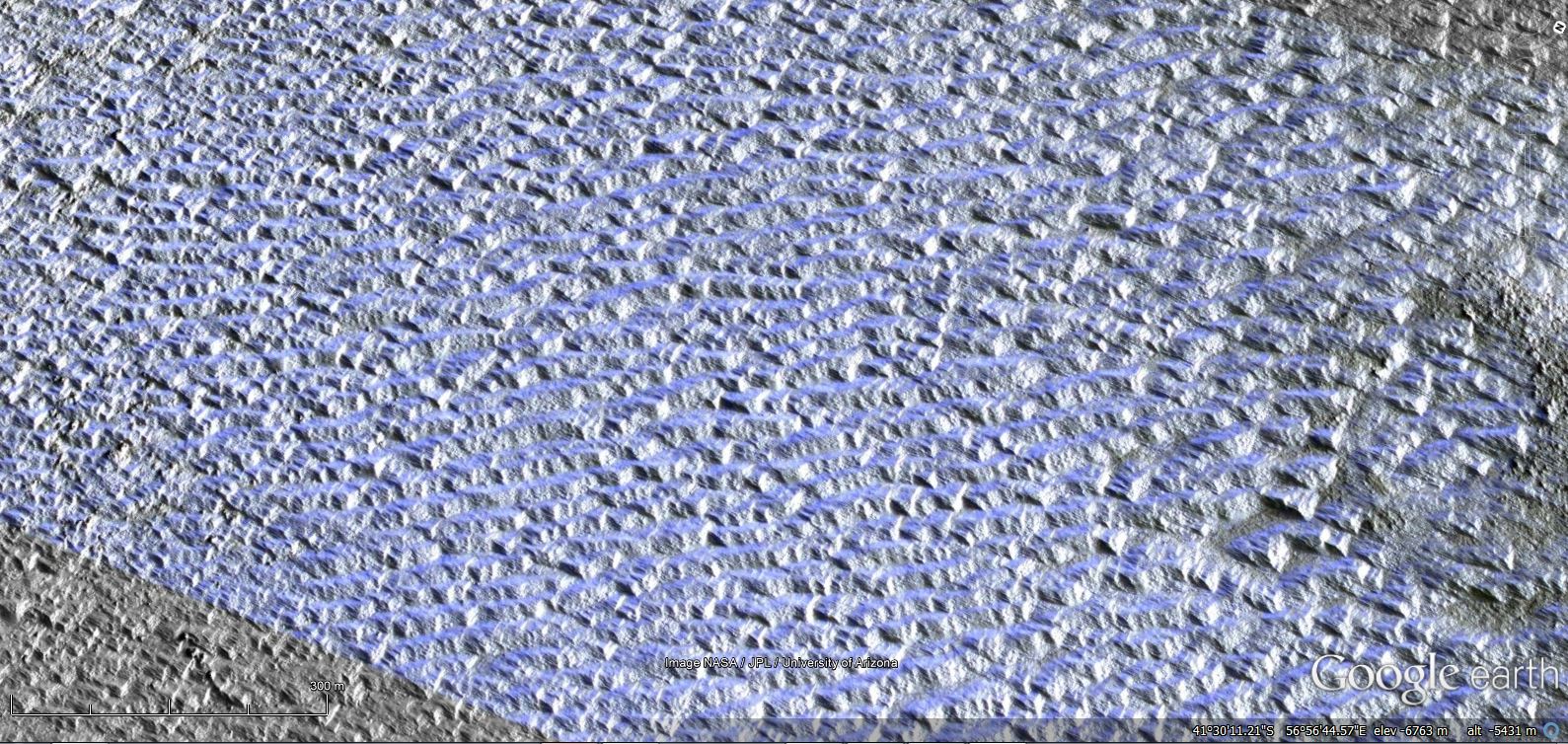
And here a cropped detail of 150 meters wide of the same area...

That appear to be... Structures... Like these...



Compare with Caral in Peru...

This particular area of the Hellas Basin holds many anomalies with its incredible topography that appear absolutely NOT NATURAL.
Many of us know the geological wonders of the Giants Causeway here on Earth, of few dozens of meters in diameter, like this

but these basalt formations are extremely insignificant compared to those found Hellas Basin.
The "little portion" of the whole, imaged from the Mars Reconnaissance Orbiter covers an area of 15 kilometers for 5 kilometers, with the sane incredible pattern.
Here a "little strip" of more than 1500 meters wide in length...

And here a cropped detail of 150 meters wide of the same area...

That appear to be... Structures... Like these...

edit on 15-5-2014 by Arken because: (no reason given)
a reply to: Arken
I don't suppose you have a link to the original image do you? I don't mean the Google Mars version, I mean the original.
Can you tell us what direction the sunlight is coming from?
Are you sure you have the correct perspective?
I don't suppose you have a link to the original image do you? I don't mean the Google Mars version, I mean the original.
Can you tell us what direction the sunlight is coming from?
That appear to be... Structures... Like these...
Are you sure you have the correct perspective?
edit on 5/15/2014 by Phage because: (no reason given)
originally posted by: Phage
a reply to: Arken
Are you sure?
If you could provide the original image that information would be available.
You can see and check the original image directly on Google Mars.
Here step by step: Open Google Mars, type "falls in Hellas Basin" and rotate on SE.
Simply and clear.
For comparison
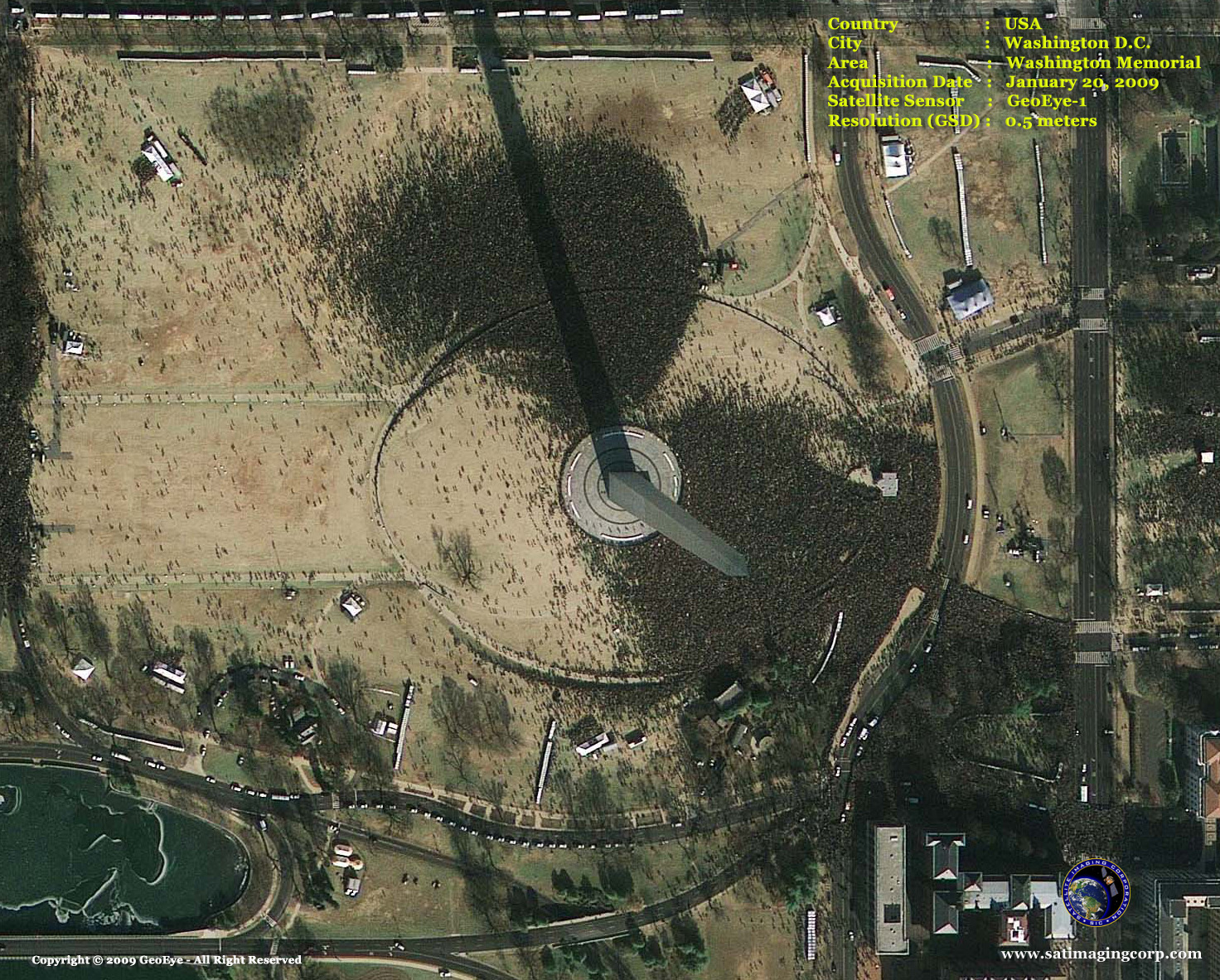
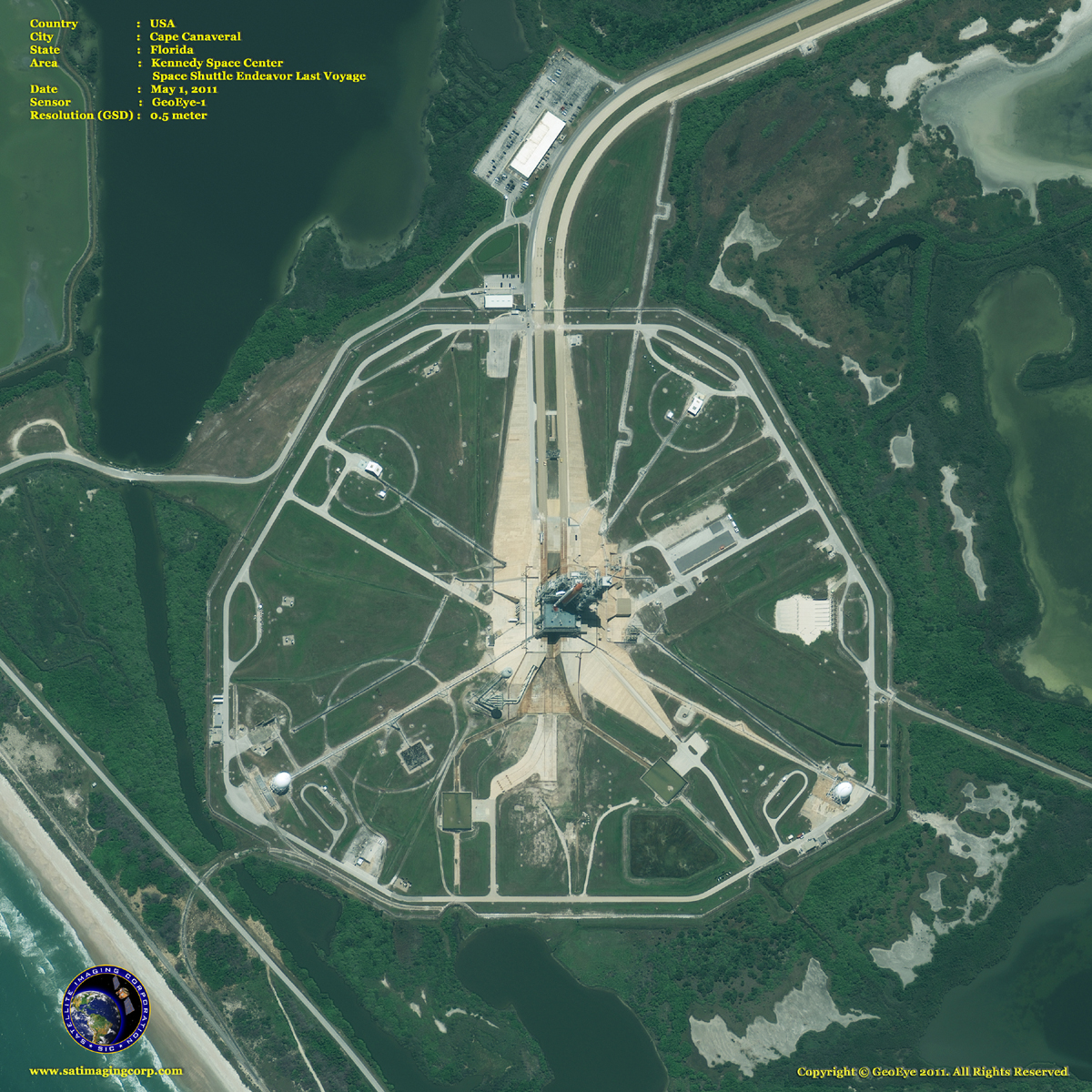
It could be, too bad martian were so bad picking places and always build in highly irregular places, it could also be something flat that looks like an obelisk with a shadow.
The other picks are pretty, like a huge layered mineral, would it not be so cool to be a huge mineral like nothing here on earth . I guess more people find it cooler if it was a martian slump instead of a huge mineral


It could be, too bad martian were so bad picking places and always build in highly irregular places, it could also be something flat that looks like an obelisk with a shadow.
The other picks are pretty, like a huge layered mineral, would it not be so cool to be a huge mineral like nothing here on earth . I guess more people find it cooler if it was a martian slump instead of a huge mineral
a reply to: Phage
Phage, Phage Phage... You try to ridicule as usual eh?
From where do you think, in all your knowledge, that Google Mars take these images?
You still need to do a little effort and open the original image on Google Mars...
....click, click, click, click....
No. That's not the original image. That's the Google version. Unless you think that Google has a satellite orbiting Mars?
Phage, Phage Phage... You try to ridicule as usual eh?
From where do you think, in all your knowledge, that Google Mars take these images?
You still need to do a little effort and open the original image on Google Mars...
....click, click, click, click....
originally posted by: ManFromEurope
Where is it in the Hellas Basin? Which is a very large area, I can't find it. "Falls in Hellas Basin" didn't help, either.
I am looking here for it.
Here you go:
Observation ID: PSP_008427_1380
Image of: Hellas Planitia region
Location: 41.51°S 56.94°E
Acquired on: May 14, 2008
a reply to: Arken
So, the sunlight is coming from very low angle, meaning the shadow of an "obelisk" should be very, very long.
www.uahirise.org...
Frost. Not structures. Also, it looks to me like the sunlight is coming from the NW. Since the image is in the southern hemisphere, it's pretty hard to understand how the sunlight could be coming from the southeast. That's not really the way it works. In the southern hemisphere, the Sun is in the northwest in the afternoon.
Solar incidence angle: 81º, with the Sun about 9º above the horizon
So, the sunlight is coming from very low angle, meaning the shadow of an "obelisk" should be very, very long.
Frost is condensing, and shows up as bright blue patches in this false color image. This is seasonal carbon dioxide frost. Closer to the pole, carbon dioxide condenses from the atmosphere and forms a seasonal polar cap. At this latitude we do not expect a thick layer to form but rather the frost collects in cold protected areas on poleward-facing slopes.
www.uahirise.org...
Frost. Not structures. Also, it looks to me like the sunlight is coming from the NW. Since the image is in the southern hemisphere, it's pretty hard to understand how the sunlight could be coming from the southeast. That's not really the way it works. In the southern hemisphere, the Sun is in the northwest in the afternoon.
edit on 5/15/2014 by Phage because: (no reason given)
Here other cropped images from the same area.
The Martian "Machu Pichu"
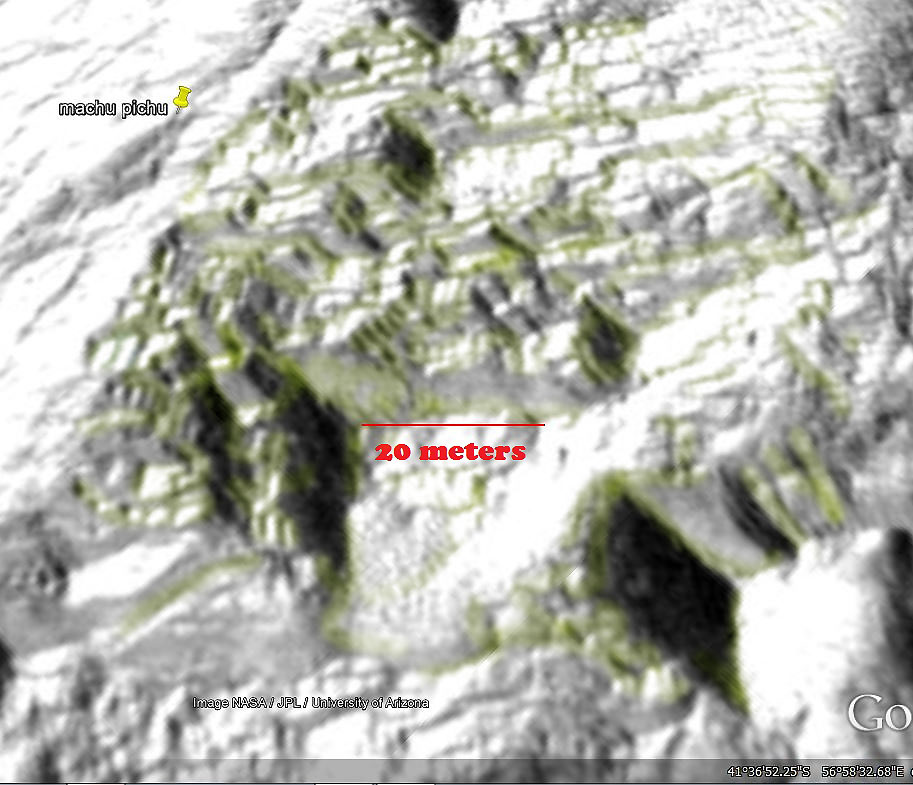
And "Favelas" in Hellas Basin

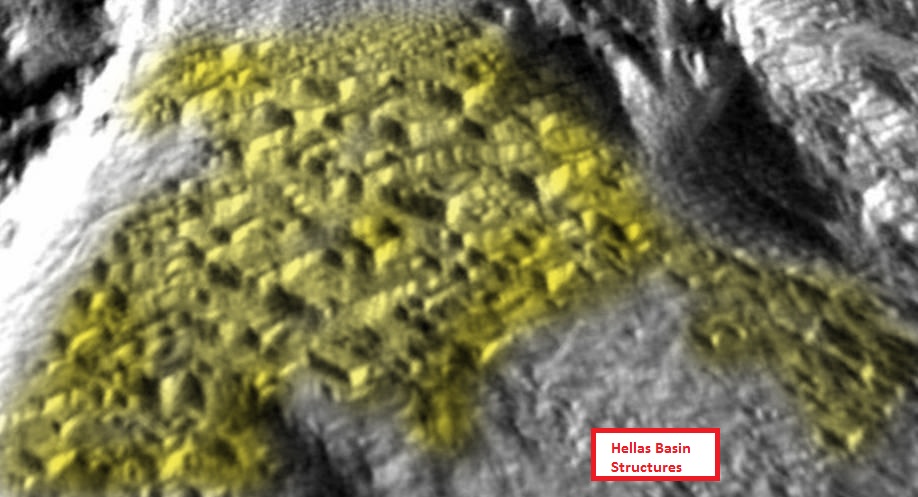
The Martian "Machu Pichu"

And "Favelas" in Hellas Basin


Man I hate posts like this. After a while of looking your mind is gonna make you see what you want to see, I just see natural formations.
a reply to: Arken
..Ok talking about rocks. Good so far.
Ok, you are still talking about rocks, all good and correct.
Then you show houses on Earth.
Are you saying these rocks just appear (resemble) those houses on the hillside on Earth, or that suddenly what you have been referring to as rocks are now houses on Mars?
In addition, IMO, your "obelisk" isn't an obelisk. It is a (non-upright) feature.
Why are Earthly examples you use natural rock formations, but on Mars, they become "Machu Picchu", or a Martian metropolis, or monuments??
Many of us know the geological wonders of the Giants Causeway here on Earth, of few dozens of meters in diameter, like this ...
but these basalt formations are extremely insignificant compared to those found Hellas Basin.
The "little portion" of the whole, imaged from the Mars Reconnaissance Orbiter covers an area of 15 kilometers for 5 kilometers, with the sane incredible pattern.
Here a "little strip" of more than 1500 meters wide in length...
..Ok talking about rocks. Good so far.
And here a cropped detail of 150 meters wide of the same area...
Ok, you are still talking about rocks, all good and correct.
That appear to be... Structures... Like these...
Then you show houses on Earth.
Are you saying these rocks just appear (resemble) those houses on the hillside on Earth, or that suddenly what you have been referring to as rocks are now houses on Mars?
In addition, IMO, your "obelisk" isn't an obelisk. It is a (non-upright) feature.
Why are Earthly examples you use natural rock formations, but on Mars, they become "Machu Picchu", or a Martian metropolis, or monuments??
edit
on 5/15/2014 by Chamberf=6 because: (no reason given)
new topics
-
Do we live in a simulation similar to The Matrix 1999?
ATS Skunk Works: 5 minutes ago -
BREAKING: O’Keefe Media Uncovers who is really running the White House
US Political Madness: 32 minutes ago -
Biden--My Uncle Was Eaten By Cannibals
US Political Madness: 1 hours ago -
"We're All Hamas" Heard at Columbia University Protests
Social Issues and Civil Unrest: 1 hours ago -
The good, the Bad and the Ugly!
Diseases and Pandemics: 3 hours ago -
Russian intelligence officer: explosions at defense factories in the USA and Wales may be sabotage
Weaponry: 5 hours ago -
African "Newcomers" Tell NYC They Don't Like the Free Food or Shelter They've Been Given
Social Issues and Civil Unrest: 6 hours ago -
Russia Flooding
Other Current Events: 8 hours ago -
MULTIPLE SKYMASTER MESSAGES GOING OUT
World War Three: 8 hours ago -
Two Serious Crimes Committed by President JOE BIDEN that are Easy to Impeach Him For.
US Political Madness: 9 hours ago
top topics
-
Go Woke, Go Broke--Forbes Confirms Disney Has Lost Money On Star Wars
Movies: 16 hours ago, 13 flags -
Pro Hamas protesters at Columbia claim hit with chemical spray
World War Three: 12 hours ago, 11 flags -
Biden--My Uncle Was Eaten By Cannibals
US Political Madness: 1 hours ago, 9 flags -
Elites disapearing
Political Conspiracies: 14 hours ago, 9 flags -
African "Newcomers" Tell NYC They Don't Like the Free Food or Shelter They've Been Given
Social Issues and Civil Unrest: 6 hours ago, 8 flags -
Freddie Mercury
Paranormal Studies: 16 hours ago, 7 flags -
BREAKING: O’Keefe Media Uncovers who is really running the White House
US Political Madness: 32 minutes ago, 7 flags -
Two Serious Crimes Committed by President JOE BIDEN that are Easy to Impeach Him For.
US Political Madness: 9 hours ago, 6 flags -
911 emergency lines are DOWN across multiple states
Breaking Alternative News: 9 hours ago, 6 flags -
A Personal Cigar UFO/UAP Video footage I have held onto and will release it here and now.
Aliens and UFOs: 14 hours ago, 5 flags
active topics
-
Do we live in a simulation similar to The Matrix 1999?
ATS Skunk Works • 2 • : FlyersFan -
911 emergency lines are DOWN across multiple states
Breaking Alternative News • 2 • : TheSingleBillie -
Former NYT Reporter Attacks Scientists For Misleading Him Over COVID Lab-Leak Theory
Education and Media • 5 • : Consvoli -
Russian intelligence officer: explosions at defense factories in the USA and Wales may be sabotage
Weaponry • 133 • : Kurokage -
"We're All Hamas" Heard at Columbia University Protests
Social Issues and Civil Unrest • 4 • : GENERAL EYES -
Post A Funny (T&C Friendly) Pic Part IV: The LOL awakens!
General Chit Chat • 7122 • : baddmove -
African "Newcomers" Tell NYC They Don't Like the Free Food or Shelter They've Been Given
Social Issues and Civil Unrest • 12 • : Lapidoth -
Mood Music Part VI
Music • 3053 • : BrucellaOrchitis -
BREAKING: O’Keefe Media Uncovers who is really running the White House
US Political Madness • 2 • : TheSingleBillie -
Russia Flooding
Other Current Events • 9 • : TheMisguidedAngel
